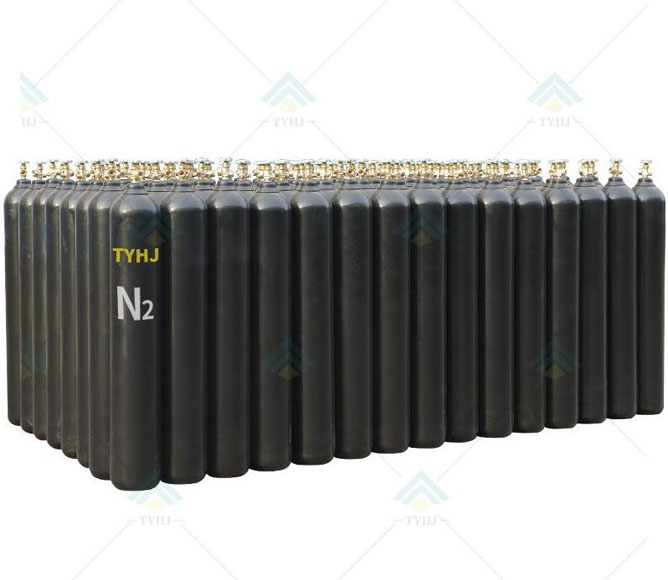Nitrogen gas makes 78% of the Earth’s atmosphere and one of the most abundant compounds available in the air. Industries such as food and drug manufacturing require the use of nitrogen as part of their process. But how is nitrogen gas generated, purified and used?

Nitrogen makes 78% of the air we breathe, odorless, tasteless, and colorless. Nitrogen (N2) is a chemical element represents by the symbol N on the Periodic Table. A unique property of nitrogen is the ability to form multiple bonds with a variety of elements and compounds, making N2 versatile for use in a variety of industries.
Here is a small list of industries currently using nitrogen as part of their manufacturing process.
● Food Industry – The food industry uses nitrogen when packaging food to prevent oxidation and food from going bad.
● Semiconductor Industry – The semiconductor industry uses to remove oxygen when developing transistors and circuits to prevent oxidation leading to failure in circuits.
● Steel Manufacturing – When manufacturing steel, nitrogen is used to prevent oxidation.
● Ligh Bulb Manufacturing – An alternative to argon gas is nitrogen when manufacturing a light bulb. It is also a cheaper alternative.
There are two methods of preparing nitrogen for industrial application; mechanical and fractional distillation.
The process of cooling air into a liquid state, then separating the nitrogen from other chemical compounds using differing in boiling points. This method produces high purity nitrogen for industrial use.
There are two ways nitrogen can be produced using the mechanical generation; membrane filtration or pressure swing absorption (PSA).
Using small semipermeable hollow fiber tube filters to separate compounds in the air. This quick process consumes less energy when compared to fractional distillation, but produces a lower grade nitrogen purity.
This method of nitrogen generation using the mechanical generation process is a bit more complicated. Using specialized materials CMS (carbon molecular sieve) to attract the wanted compound based on different molecular properties and separate it from undesirable compounds producing a high purity of nitrogen.
After nitrogen has been separated using either of the methods described above it can be stored for future use.